North Surabaya, Indonesia
From Gubeng station, I headed north to Masjid Cheng Ho, a rather unusual mosque dedicated to the Chinese naval explorer, Asia’s equivalent to Europe’s Magellan and Vaso da Gama. Known as the Chinese Mosque, its distinct East Asian architecture blended into an Islamic Mosque alludes to Indonesia’s historic role as a commercial and cultural gateway between Asia and the Middle East. I continued north, exploring various neighborhoods and passed by their temples and mosques, including Hong Tiek Hian, a Buddhist temple, and even a hidden church with a simple glass cross-shaped window above it’s entrance. All the neighborhoods featured unique entryways and compact layouts, but I was able to navigate through using my offline map, until finally reaching Masjid Agung Sunan Ampel, the oldest mosque in East Java and incredibly busy with worshipers and shoppers at the adjacent Arab Market. As I headed back south along the Kali Mas river, I saw more neighborhoods as I sought out Masjid Al-akbar and Makam Peneleh, then crossed the bridge to visit the Surabaya Museum where I ended up talking to some candidates for Miss Surabaya, a tourism representative, helping test their first ever interaction with a real life tourist.
Tip:
Be cautious about handshakes with women in conservative countries (of all religions). It may be socially inappropriate to touch hands. You can politely ask if they shake hands or what they do when greeting or meeting somebody.
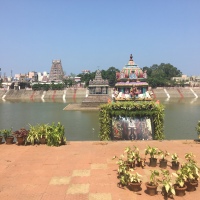



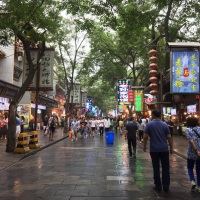
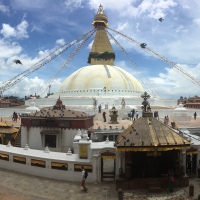
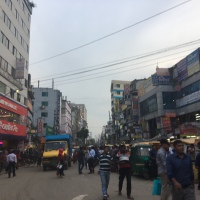
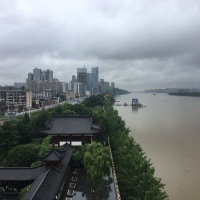
1 Comment »